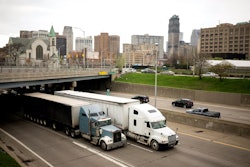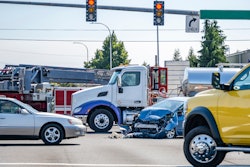The Federal Highway Administration can do more in the short term to improve oversight of structurally deficient bridges, the Department of Transportation’s Inspector General told a Senate committee Thursday, Sept. 20.
Calvin Scovel, in testimony before the Senate Committee on Environment and Public Works, highlighted bridge inspections and funding for bridge rehabilitation and replacement as significant challenges for DOT. Scovel made observations on FHWA’s actions to address prior OIG recommendations regarding improving its oversight of structurally deficient bridges, and outlined actions that can be taken immediately to strengthen FHWA’s oversight.
Scovel said FHWA should develop a data-driven, risk-based approach to bridge oversight to better identify and target those structurally deficient bridges most in need of attention. FHWA also can take action immediately to improve oversight of the nation’s bridges, Scovel said. FHWA should:
Scovel said that shortly after the Minneapolis bridge collapse, Secretary of Transportation Mary Peters asked DOT-OIG to undertake an audit of the National Bridge Inspection Program. “Our work will be separate and distinct from the National Transportation Safety Board’s investigation, which will focus specifically on the events and conditions that led to the Minneapolis bridge collapse,” Scovel said. “Our audit work will proceed in three concurrent phases, with sequential reporting dates.”
Scovel said DOT-OIG’s audit work will focus on the following efforts:
Going forward, Scovel said, DOT-OIG’s overall objective is to evaluate FHWA’s implementation of the National Bridge Inspection Program and make recommendations for improvement in order to provide assurance that FHWA is doing everything that should be done to ensure bridge safety. “We will report back to the Committee and the Secretary of Transportation as we identify additional steps that could be taken to improve the National Bridge Inspection Program,” Scovel said.






